There are plenty of smart home devices that have chosen rechargeable batteries over your old-fashioned outlet options for power. This allows you even greater mobility and a wider range of potential installation points, but it does have its drawbacks.
Ring devices that are battery operated can lose their charge over time depending on a variety of factors. All batteries need charging and worn out batteries could even benefit from being replaced entirely. Thankfully, if your battery’s life have been struggling, it’s probably a setting that’s draining your juice.
Your Ring device’s battery can be draining faster than usual and still be totally healthy. Your video settings, installation, and other factors can all suck up your battery life. If running out of battery life is not acceptable, you can always switch back to the old, reliable electrical socket.
Which Ring Devices Have Battery Options?
There are more Ring devices that use batteries than you might expect. Many of Ring’s products are smart home upgrades for the equipment that is already hardwired into your home. Doorbells, lights, and security equipment used to be hardwired only. Ring supplements these old-fashioned connections with battery-backed mobility.
These are just a few of the Ring devices that run with battery power.
- Ring Doorbell 1, 2, and 3 (including the 3 Plus)
- Ring Peephole Cam
- Ring Stick-Up Cam (Battery)
- Ring Spotlight Cam (Battery)
Just because much of Ring’s tech has gone over to the battery side of things, doesn’t mean they have left behind socket real estate. Some of Ring’s more robust technologies require the added juice supplied by the socket including the Ring Doorbell Wired and Pro, and the Ring Floodlight Cam.
Batteries can be unreliable, need to be recharged, and need to be replaced entirely in time. So, why do people use them?
Why Do People Choose Battery Powered Ring Devices?
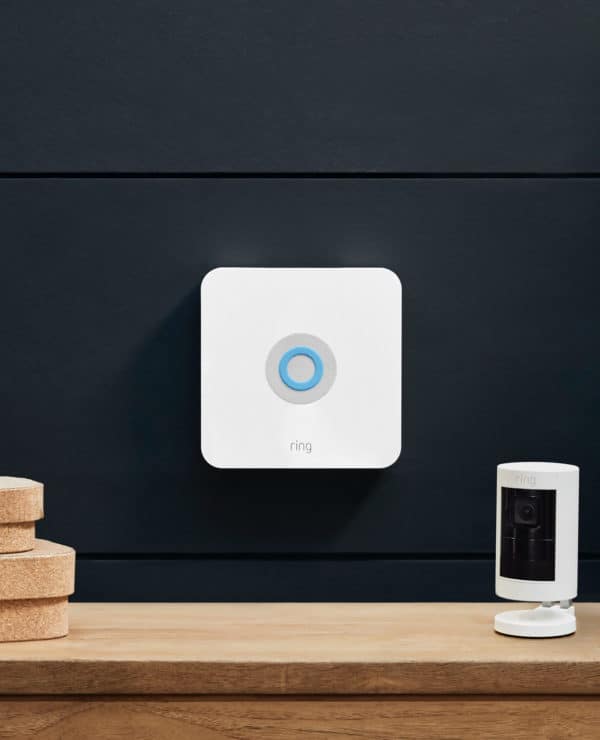
There are many reasons for choosing Ring’s battery-based devices:
- One of the key factors of battery operated tech is that it sets you, partially, free from the grid. If your batteries are charged and the power goes down, you can keep all of your devices running while the power comes back on.
Of course, Ring requires an active internet connection for recording so this point is only relevant if your internet router is separate to your power (such as if you use a mobile hotspot or hub for your Ring devices) - Battery operated tech also lets you ditch sockets, making installing it easier. Traditionally, you can only install new gear where you have wall outlets to power it, or an electrical wire already running to that location. Thanks to the spread of battery technology, this is no longer something that holds you back.
- Also, cables are just a little unsightly. This is especially true for smart home users.
Rather than having a mess of power cables keeping your devices going, you can have a much smaller amount and just rely on batteries for a lot of personal needs.
It might be a little hard to deal with batteries that are draining faster than usual, but the solution to that problem is usually really easy to solve.
Here’s how you can troubleshoot what’s got your batteries down.
Let’s Save You Some Battery Life
First, let’s get a myth out of the way.
There is a misconception that you need to run your batteries all the way to 0 before you can recharge them otherwise you will have lower max capacity next time you charge. This is simply no longer true.
This was true of older technology that used nickel-cadmium and nickel–metal hydride batteries, but not true of today’s lithium-ion batteries. Memory effect just doesn’t apply anymore – so feel free to charge up your Ring device’s battery when it’s convenient to you, not when it’s getting close to 0%.
Now that we’ve forever rested a persistent battery myth, let’s look into the facts of what went wrong with your battery.
It’s all about the Ring app settings
Your Ring device has countless settings, some of them might be harming your overall battery performance.
Reduce recording length
The first thing to check is the length of your filming. By having your Ring cam recording for the maximum possible duration, you will be running out the battery faster than ever before:
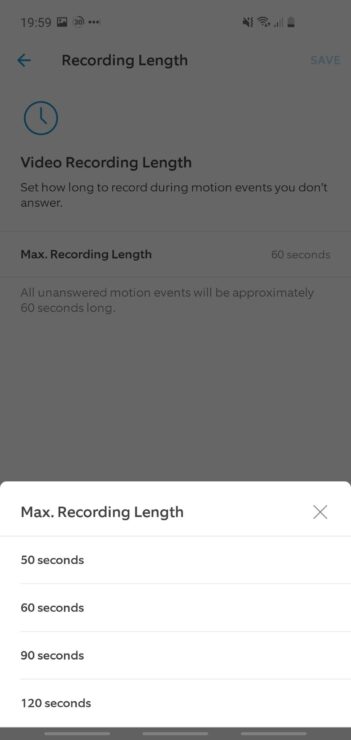
The quickest fix for this is to lower your settings to something a little more modest.
Disable linked devices
Ring has a neat feature called linked devices, which allow you to set all your Ring devices to record when one of them detects motion. This is a useful feature for capturing potential crimes, but if one of your Ring devices detects motion a lot (such as it’s pointing near the sidewalk – more on this later), it will set all your battery-powered Ring devices to record too – draining their battery life.
You should therefore think about how and when you want your linked devices to record, and configure your linked devices within the Ring app to prevent battery drain:

By dialing back the original settings of your device, you’ll be able to regain control over your batteries. In general, the more you are asking a device to do, the more you are overtaxing it. Just think about how much faster your laptop or tablet dies when you are watching movies compared to when you are just surfing the web.
The same principle holds true for Ring’s smart tech. Lower the settings and your batteries will thank you.
Check your install location
Ring devices work by detecting someone passing in front of them and then turn on the recording functionality accordingly. This is great for you, but hard on your battery.
Each time your Ring smart home technology powers up, it drains part of its charge away. If you installed your Ring device in a high-traffic area, it’s going to die out so much faster. This is especially true if you have (for example) a Ring doorbell that is pointing at the side walk due to a lack of a front yard, as is the case in my house:
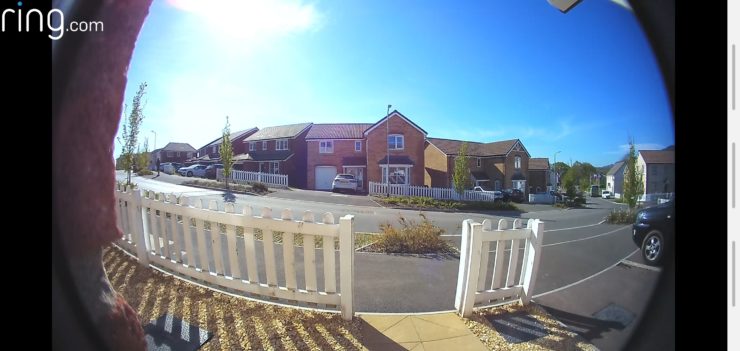
To try and fix this, try finding new install angles, moving your installation to another room, or just have a few backup batteries on hand in case you run out unexpectedly.
Keep in mind that the motion that sets off Ring technology doesn’t have to be human motion. If your cat likes to play in range of the motion sensors, you might need to move the Ring cam to another room, or enable ‘People Only’ mode within the Ring app:
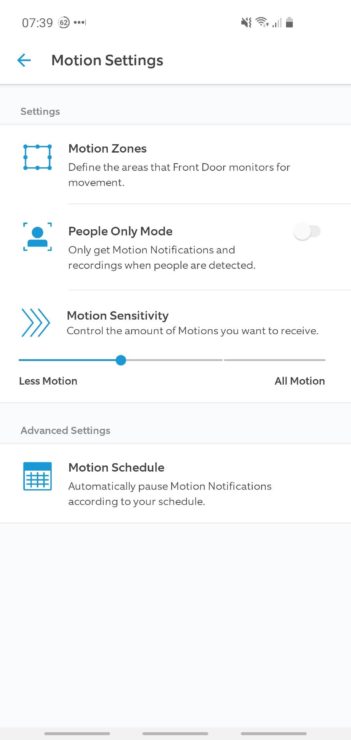
Speaking of motion detection, it’s worth it to take a deeper look into how this impacts your battery’s charge.
Reducing the amount of motion-based recording events
We’ve already mentioned that installing your Ring tech in a room that gets a lot of traffic will mean a lot of times powering up and a faster drain on your battery, but did you know there are steps you can take to change this and save your charges?
The first step to take is to hop into the Ring app and set where your “zones” are.
Motion zones allow the Ring device to focus on motion in a certain area while avoiding others. You can have your Ring camera focus on the path leading up to your front door rather than the yard where your kids play, for example:
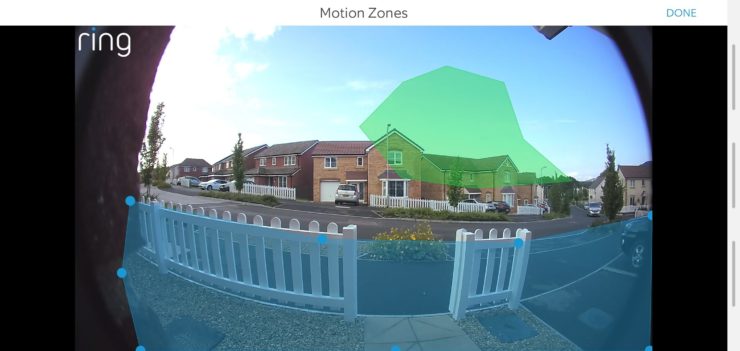
This lets you directly control what your device “notices.” This can save your battery considerably if you are only really concerned about a narrow range of motion. This can be accessed under “Motion Settings” and then “Add/Edit Motion Zones” within your Ring app (after selecting your Ring device).
Make sure your zones are also clean and free from anything that moves too much. If there is a flag that occasionally waves in front of your device, it could be costing you battery charges.
If you’ve tried everything but you’re still not having much luck, is there no alternative to a world of Ring batteries and charging cycles?
Getting Plugged Back In
One of the biggest reasons people move into the smart home space is safety. You want to know that you can rely on your newly acquired tech to keep you and your family protected. Batteries represent another hole in this system.
Batteries can die and leave you without coverage. A security camera that plugs directly into your outlets will keep you safer in a much more reliable way.
There are also services that can help you overcome some inherent problems with wired connections.
If you are worried about all those unsightly cords, you can affordably contract out to services that hide them in your walls and keep your home looking nice and neat.
So which devices can you get in a wired format?
Devices that Never Left the Outlet
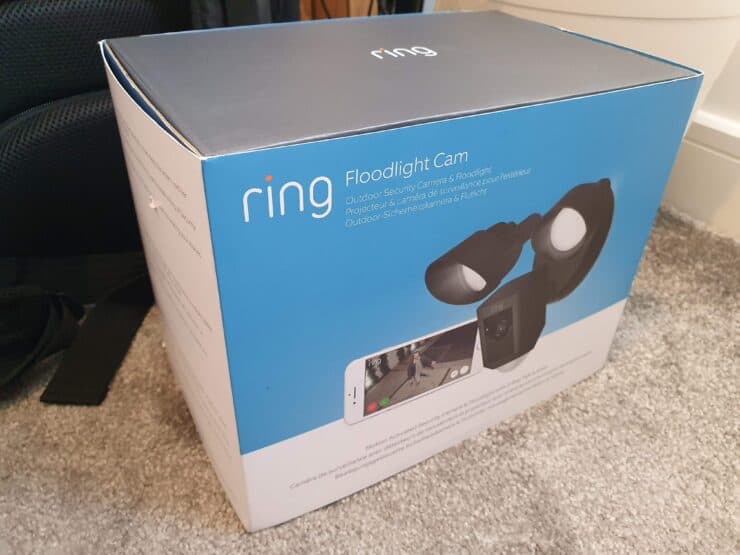
If you want to have total reliability and aren’t concerned with mobility or power outages, there are some hardwired-only options for you that can cover Ring’s two biggest products.
The Ring Doorbell Pro and the Floodlight Cam are wired only (as is the new Ring Doorbell Wired, released in February 2021). These need to be hardwired into your house’s electrics, so they can be powered up. Their power demands would just be too high for batteries to safely and reliably keep them going.
There is also a charger available for the Ring Stick-Up Cam. This allows you to keep the device powered and not worry as much about your battery usage.
Finally, the Ring Spotlight Cam has a plug-in variant too (alongside the battery and solar models, just like the Stick-Up Cam).
If you want to plug back in and not worry about the world of charging batteries, there are options to get your smart home project going!

mine was working well untill the last time I charged the battery , I keep a spare battery and change it when one needed. the last time I changed it , it didn’t even last a day.
Oh that’s not good at all. I’ve heard one or two other people say this (that their battery died after charging), I’ll have to investigate it further. I hope your spare battery works out better for you!
One of my Spotlight Cam Batteries has begun not holding a charge for more than a week and I’ve not changed the settings. It seems to have begun about the time I replaced my router with a better one. My battery loses about 15% per day. It used to last about 2 months.
That definitely sounds more like a Ring problem than anything else. Maybe try and claim on the warranty (if it’s still active). It could be a software bug within the Ring firmware (I e. triggered by how the new router works), or maybe the battery is genuinely becoming faulty. Either way, a call to Ring might be your best bet.
How long does it take to charge the rechargeable battery on the Ring pathlight?
The Ring Pathlights usually take 2-3 hours to recharge via the micro USB option. After that, the solar panel recharger should keep them charged up enough (with 3-4 hours of sunlight) to not require a USB recharge for a few months. This assumes that you don’t have them on full brightness all night, and instead rely on dimming and motion-activated lighting at night.